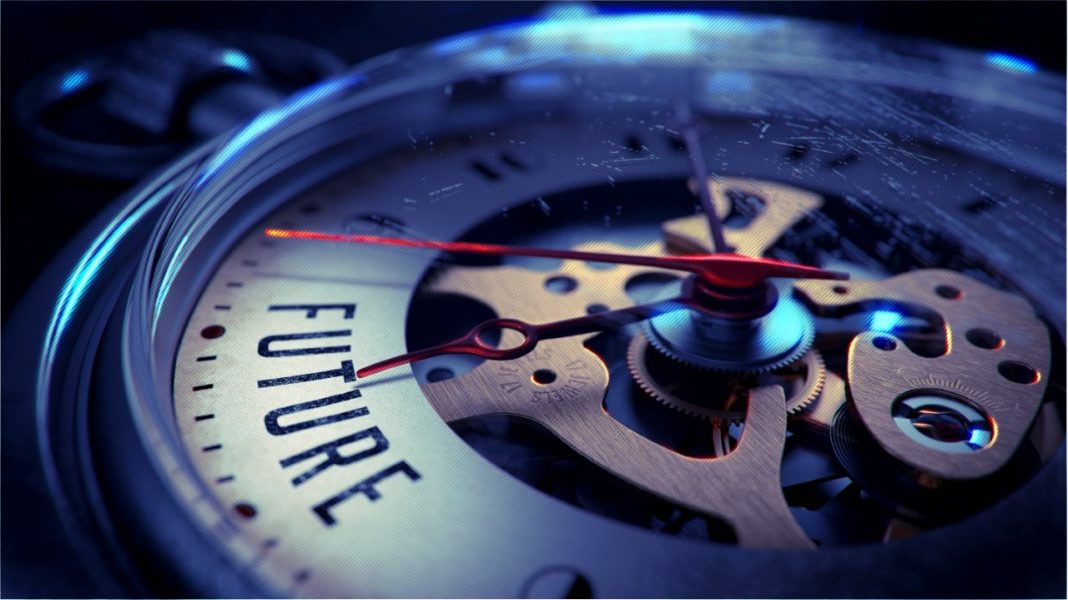According to a recent report in Nature Biotechnology, about 70 percent of eligible donated hearts never get utilized and up to 20 percent of donated kidneys are discarded in the United States today. And worldwide only 10 percent of the organ need is being met, according to the World Health Organization who calls the shortage “among the greatest crises facing bio-medicine today.”
The answer from the 42 international co-authors of the paper is on-demand transplants with the aid of cryogenics, which can save millions of lives each year and could have health benefits worldwide “on par with curing cancer.
“Organ preservation is a field ripe for game-changing innovation with entirely new possibilities for organ transplantation opened up by cryopreserving organs,” the report says.
Research into the preservation of heart valves and skin tissues has been underway for years but despite its successes has been unnoticed and underutilized despite the radical potential to save lives.
Meanwhile, everyday organs are discarded for a number of reasons, one of which is the inability for organs to survive until transplant time. Add to that that only .3 percent of Americans who die are organ donors and less than half of those organs end up utilized. “With all supply constraints removed,” the report details, “organ replacement could potentially prevent up to 30 percent of all deaths in the United States or more, doubling the average person’s likelihood of living to 80 years of age.”
“In the United States, around 30,000 organs find recipients each year — a fraction of the need. Roughly 120,000 patients are currently awaiting an organ transplantation, and the number of patients on official transplant wait lists is dwarfed by the true potential of transplantation.”
The key to meeting the health needs of millions is combining the efforts of cryobiologists and mechanical engineers to make cryopreservation possible, the report adds.
One of the main challenges in the field of cryopreservation is the combination of technologies needed. Not only the ability to freeze organs down to below freezing temperatures without the formation of damaging ice crystals but also the opposite ability, to raise tissue temperature to natural levels for transplant.
However, the report claims that while “underinvestment and untapped opportunities” have hindered the field, a coordinated effort between existing technologies and researchers would “expedite preservation advances” and “transform several areas of medicine and medical science.”
As dire as the situation sounds, there have been considerable advancements in coordination and funding in the last two years.
A summit on organ banking took place in January 2015 in Palo Alto, California, bringing together experts and leaders from the industry to advance the cause. Organ banking is another avenue suggested by the paper authors where the ability to store organs for weeks rather than only days will allow for a better transplant experience, minimizing wait times and reducing organ rejection by providing more time for immune system adjustment without the use of suppression or other drugs. Another summit is taking place next month at Harvard Medical School to continue pursuing organ banking and cryopreservation goals.
In the U. S., federal funding has been dedicated to the cause. In 2016, the Obama administration earmarked $300 million for funding to “develop cells, tissue and organs that may one day restore form and function to wounded warriors and civilians” with an additional $200 million “to advance our understanding of wound repair and organ and tissue regeneration and preservation.”
Other advancements include increased preservation time for kidneys, up to two weeks, and whole limb transplantation performed in animal studies.
Lead author of the Nature Biotechnology paper was CEO of Sylvatica Biotech, Sebastian Giwa, whose company is pursuing a number of avenues of organ preservation, including the aforementioned cryopreservation but also sub zero freezing, using intermediate temperatures for preservation rather than deep freeze, and natural methods taking techniques learned from the animal world.
Around 45 species in the animal kingdom survive freezing and Arctic temperatures and Sylvatica’s founding chief science officer Mike Taylor thinks studying these methods is the key to unlocking the organ preservation secret.
“That’s why we think translating the natural mechanisms of survival can affect organ preservation,” Taylor explained. “We can manipulate organs with … cocktails from species of nature and extend storage from one or two days to one or two weeks, which would be a game changer in transplants and address many of the topics covered in the Nature Biotechnology paper.”
Unfortunately, the lack of adequate technology to preserve more donated organs adversely affect millions of people every day and all across the world. Hopefully, due to the coordinated efforts of the paper authors and events like the Summit on Organ Banking Through Converging Technologies, the near future will see advances in cryopreservation and organ banking that can save lives.
More News to Read
- What Does it Take to Build the Super Collider?
- According to a New Study, Early Life Stress Can Change Genes in Brain
- Stunning View of Aurora Borealis from ISS in new NASA video
- Imagine Being Able to Explore the Brain Like a Website
- Quantum Computers Made Even More Powerful with New microchip generating ‘Qudits.’











